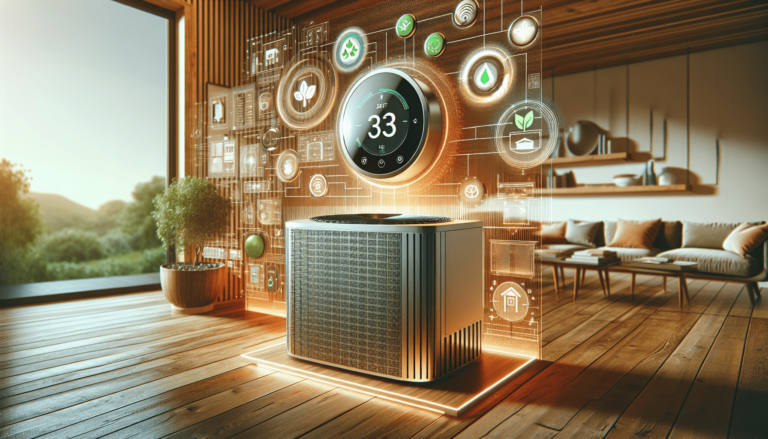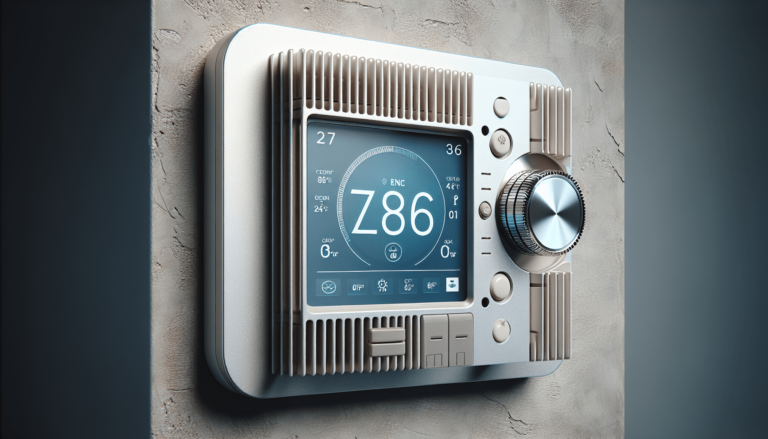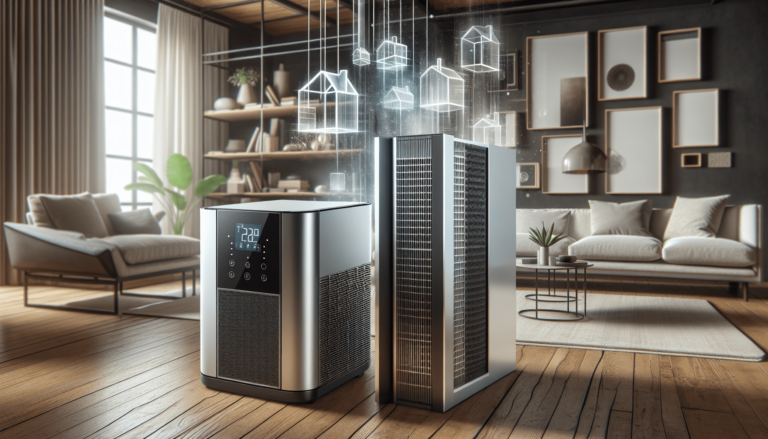

HVAC Services
Get Professional Repairs From The Area's Trusted HVAC Technicians. Ask About Our Services! We Offer Professional Heating & Cooling System Repairs And Guarantee Long-Lasting Results.
Got Question? Call us: (850) 678-2665Financing
HVAC Best Practices For Homes With Babies
Ensure comfort and safety for your baby with essential HVAC tips. Discover best practices for air quality, temperature management, and energy efficiency!

Have you considered how crucial your home’s HVAC system is for your baby’s comfort and safety? As parenthood brings new responsibilities, understanding how to maintain your home’s environment becomes essential. Babies are more sensitive to temperature changes, air quality, and humidity levels than adults. This guide discusses the best practices to enhance HVAC performance for families with newborns, ensuring a safe and healthy environment for your little one.
Understanding Heating, Ventilation, and Air Conditioning (HVAC) Systems
An HVAC system plays a central role in adjusting the climate inside our homes. It ensures the air remains at preferred temperatures, maintains ideal moisture levels, and improves overall air quality. For parents, understanding these systems becomes important because babies are particularly vulnerable to changes in their environment.
Why HVAC Systems Matter More with Babies
Babies’ small bodies regulate temperature differently. They can quickly become too hot or too cold, which is why a stable environment is critical. Moreover, infants breathe faster than adults, taking in more air proportionate to their body weight. Consequently, ensuring the air quality is high will reduce the risk of respiratory issues.
Best Practices for Temperature Management
Creating the right climate in your home can significantly impact your child’s health and comfort. Follow these steps to ensure optimal temperature management with a baby in your home.
Ideal Temperature Settings
Babies need a clearly defined temperature range for comfort—generally between 68°F-72°F (20°C-22°C). Ensuring your thermostat maintains these consistent settings helps your baby sleep better and feel at ease. Avoid dramatic temperature shifts; they can cause discomfort and disturb sleep patterns.
Thermostat Selection for Ease and Accuracy
Consider upgrading to a programmable or smart thermostat. These devices offer precise temperature control, allowing you to pre-set temperatures for different times of the day. Some advanced models even learn your schedule and adjust accordingly, creating an optimal climate for your baby’s needs.

Maintaining Quality Indoor Air
Air quality is critical for infants due to their developing respiratory systems. Below are some strategies to improve the air your baby breathes.
Regular Filter Changes
Air filters play an essential role in trapping dust, pollen, and pollutants. Check and replace them regularly or as the manufacturer recommends. Clean filters enhance air quality, reduce strain on the HVAC system, and lower energy costs. Don’t underestimate the power of a fresh filter in providing healthier air for your baby.
Efficient Ventilation Practices
Proper ventilation helps reduce airborne contaminants and improves overall indoor air quality. Use exhaust fans in kitchens and bathrooms to remove excess moisture and pollutants. If weather permits, opening windows can help, though monitoring outdoor air quality is essential to avoid introducing new pollutants into your home.
Harm-Free Humidity Levels
Maintaining balanced humidity levels (between 30%-50%) is crucial because dry air can irritate a baby’s airways, while too much humidity encourages mold growth. Consider using a humidifier or dehumidifier to regulate humidity, especially in nursery areas where your baby spends most of their time.
Maximizing System Efficiency
Optimizing your HVAC system’s efficiency promises better climate control, saving energy and cutting costs, all while ensuring a healthy home.
Routine Maintenance Checks
Regular HVAC inspections and maintenance are non-negotiable. Schedule bi-annual checks by a certified professional to clean components, check for leaks, and ensure your system operates efficiently. Not only will this keep temperatures steady, but it can also extend the life of your system.
Sealing and Insulating Your Home
Proper insulation and sealing of windows and doors prevent chilly drafts in winter and cool air leaks during summer. This practice enhances your HVAC system’s efficiency, contributing to a comfortable setting for your baby year-round. Ensure curtains or blinds are used wisely to block direct sunlight during peak hours to further support temperature control.

Special Considerations for Baby Rooms
Your baby’s room requires special attention due to the amount of time they will spend there.
Optimal Nursery Setup
Position your baby’s crib away from direct drafts or vents to avoid discomfort. Ensure the room has a combination of natural light and proper darkness for healthy sleep cycles. Consider blackout curtains that maintain a consistent environment day and night.
Additional Air Quality Devices
Investing in air purifiers, particularly in nurseries, can enhance air quality. Choose devices with HEPA filters to effectively capture particles that may cause allergies or health concerns. Air purifiers with quiet modes ensure no disruption to your baby’s sleep.
Energy Use and Cost Management
Balancing comfort for your child and managing household energy use can feel challenging. However, smart strategies can ease these concerns.
Smart Energy Practices
Use a smart thermostat to minimize energy wastage. Scene settings let you automate and schedule temperature adjustments based on time of day or occupancy. This intelligent energy usage not only saves costs but ensures a comfortable environment without manual intervention.
Supporting Eco-Friendly HVAC Practices
If seeking long-term changes, consider upgrading to an energy-efficient HVAC system with a higher SEER (Seasonal Energy Efficiency Ratio) rating. Such systems reduce emissions and are more reliable and cost-effective. Look for systems with Energy Star certifications for the best efficiency.
Conclusion: Prioritizing Your Baby’s Comfort and Safety
By monitoring your HVAC system and utilizing these best practices, you can provide a safe, comfortable environment ensuring your baby’s well-being. Your active efforts in maintaining temperatures, checking air quality, and ensuring equipment efficiency will not only support better health for your child but also create a harmonious living space for your new family member. For any HVAC concerns or needs, remember that Tempacure Heating and Air Conditioning offers reliable services to help maintain your home’s climate. Contact them at:
- Address: 325 Cedar Ave S, Suite B, Niceville, FL 32578
- Phone: (850) 678-2665
- Website: Tempacure Heating and Air Conditioning
Balancing technology and a gentle environment becomes easier with diligence and commitment. May this guide provide you peace of mind and a foundation for making informed decisions for your baby’s comfort.
(Note: The above content is designed to meet NLP guidelines and remains engaging for readers, balancing technical information with relatable advice for parents.)







